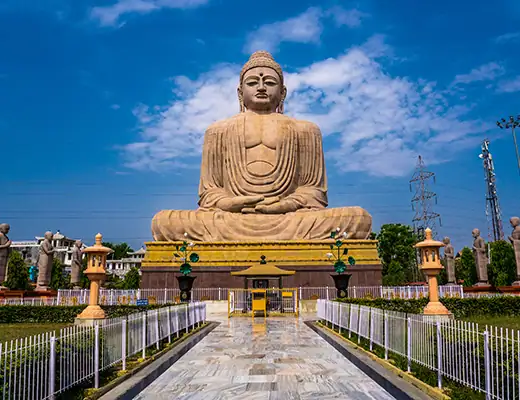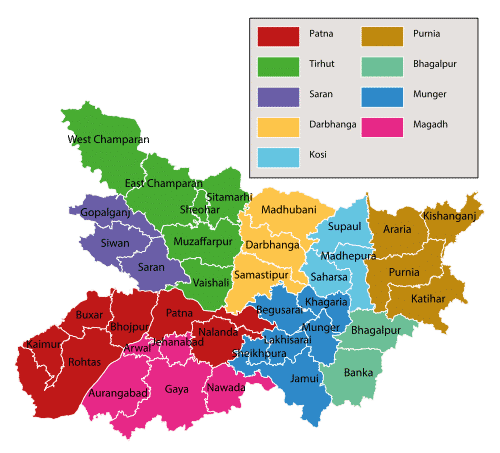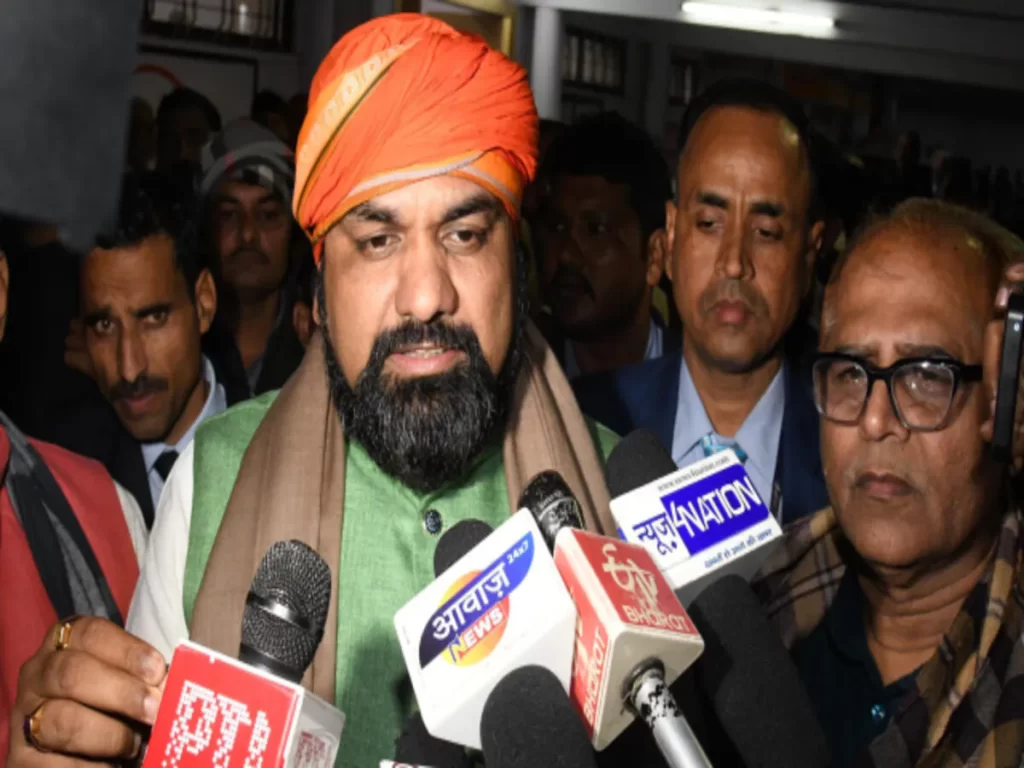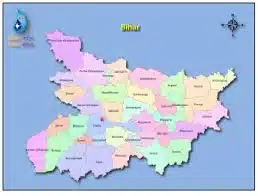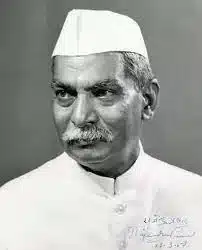Important Bihar Government Schemes For Women Empowerment:
Bihar has been making concerted efforts to empower women. The State government has prepared the women empowerment policy in 2015 and promoted a centre (Gender Resource Centre) for looking into gender related issues.
50 percent reservation to women in Panchayati raj institutions
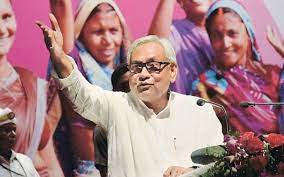
- 50 percent reservation to women in panchayati raj institutions and urban bodies laid the foundations of a social revolution as it aimed at providing equal rights, equal social status and equal opportunities to women. This paved way for women’s respectful partnership in local self-governance as policymakers.
- The initiative was a pioneer in the entire country. Election of more than 50 percent women to all the tiers of the three-tier panchayati raj system created a historical record. Later on this pattern was followed by Andhra Pradesh, Chhattisgarh, Jharkhand, Kerala, Maharashtra, Orissa, Rajasthan, Tripura and Uttarakhand.
Aarakshit Rojgar Mahilaon ka Adhikar
- The State government has provided 35% reservation to women in all government jobs to empower women through work participation.
Mukhyamantri Balika Poshak Yojana
- Mukhyamantri Balika Poshak Yojana has been started with a view to attract girls and their guardians towards schools.
- A fixed amount of rupees 600 for Class I, II / 700 for Class III to V and 1000 for Class VI to VIII is provided to the girls studying regularly in classes 1-8 to purchase school uniforms.
- Bihar Shatabdi Mukhyamantri Balika Poshak Yojana provides the fixed amount of rupees 1500 to purchase uniforms to the girls regularly attending classes 9-12 in schools/inter colleges of the state government from the year 2011-12 onwards.
Mukhyamantri Balika Cycle Yojana
- Many girls used to drop-out after middle school because high schools were located at a distant place from their home .
- Mukhyamantri Balika Cycle Yojana has been started in the year 2007 to facilitate regular studies of such girls.
- Under this scheme, a one-time financial aid of rupees 3000 is given to the girls studying in standard 9.
Civil Seva Protsahan Yojana
- To encourage women candidates for civil services, an amount of Rs. 50,000 and Rs. 1 lakh is given to the aspirants who have passed the preliminary examination, conducted either by BPSC or UPSC, to prepare for mains examination.
Mukhyamantri Balika Protsahan Yojana
- Mukhyamantri Balika ProtsahanYojana aims at providing an incentive amount of Rs. 10,000 to the girls securing first division in matriculation examination
Jeevika
Bihar Rural Livelihoods Promotion Society (BRLPS), popularly known as JEEVIKA, has transformed itself into a state-wide movement touching the lives of more than 1.27 crore families.
- Bihar has become the first state in the country to have 10 lakh self-help groups (SHGs) managed by women. The groups have been functioning under Jeevika, a World Bank-supported poverty alleviation programme operational in the state since 2007 to empower women and make them self-reliant.
- Formulation of state action plan for the self help group’s movement aiming at integrated development and empowerment of the women belonging to poor and vulnerable section. The intervention will provide income opportunities to BPL families residing in rural areas. Credit linkages established with banks from the year 2007 onwards through Jeevika. This aims at enhancing small savings. significant progress has been recorded in the fields of institutions building, capacity building and financial inclusion.
Janani Bal Suraksha Yojana
- Remarkable achievement has been recorded in institutional deliveries under ‘Janani Bal Suraksha Yojana’. Health protection was provided to pregnant women and nursing mothers through trained health workers like ASHA and MAMTA. Health Department observed year 2011 as safe Motherhood year as a step towards women’s empowerment. Only 4 percent women used to visit hospitals for institutional delivery in the year 2006-07. The percent now rose to 47.
- The infant mortality rate of the state was 61 per thousand births in the year 2005 which has reduced to 35 per thousand births at present. Our efforts culminated in an increase in the regular immunisation percentage from 18.6 in the year 2005 to 84 percent in the year 2018-19. This is even higher than the national average. The maternal mortality rate which was 312 in the year 2005 reduced to 165 in the 2018-19. Average life expectancy of the women of Bihar has also increased from 61.6 years in 2006 to 68.5 years in 2016.
- Establishment of the new women battalion of Bihar Armed Forces. Establishment of Women Police Stations in all the districts. 35 percent additional reservation to women in direct recruitment for the post of constable to junior inspector in police force.
Bihar State Women Empowerment Policy, 2015
- Bihar State Women Empowerment Policy, 2015 has been approved and adopted in March 2015 for social, economic, political and cultural advancement of the women and to bring them in national mainstream of development.
- The policy strives for eliminating gender based discrimination, caste and structural hindrances restricting women’s access to social, economic, political, educational and health related resources. It will also ensure women’s judicious access to resources and creation of a conducive environment.
- Establishment of Gender Resource Centre for capacity building on laws and acts related to violence and to conduct advocacy on issues related to women empowerment.
- Working Women Hostel being operated in Patna district to provide safe accommodation to working women.
- Pre-examination training to the girls through pre-examination training centrdanes. Students’ Guidance Centres established in 2011 at Chandragupta Maurya Management Institute for scheduled caste girls.
- Training on computer, accounting, tally, DTH installation, spoken english and beautician to 30 percent Mahadalit women out of total trainees through Bihar Mahadalit Vikas Mission under Dashrath Manjhi Kaushal VikasYojana and to schedule caste women under Scheduled Caste sub-plan of Special Central Assistance Scheme.
Mukhyamantri Kanya Vivah Yojana
- Mukhyamantri Kanya Vivah Yojana is in operation from the financial year 2007-08. The scheme provides a financial assistance to poor families at the time of marriage of girls after attaining the age of 18 years. The scheme has multiple objectives of encouraging marriage registration, preventing child marriage and encouraging girls’ education.
- Decision has been taken to award state level prize to one woman and district level prizes to 38 woman (one from every district) for outstanding work in the field of economic and social development, education, health, cultural development, legal awareness, environment conservation under Mukhyamantri Mahila Sashaktikaran Puraskar Yojana. A cash prize of Rs. 1,00,000 (One lac) at state level and Rs. 50,000 (Fifty thousand) at district level along with a citation every year on the eve of International Women Day (8th March) to be provided.
Mukhyamantri Kanya Utthan Yojna:
- The situation of girls in Bihar warrants concerted and expeditious efforts, given that female literacy stands just over fifty percent (Census 2011), sex ratio at birth stands at 870 (CRS 2015), more than two in every five drop out of school before completing elementary education (Census 2011) and an equal number get married before turning 18 (NFHS 4).
- To enhance birth registration and SRB, Mukhya Mantri Kanya Surksha Yojana was launched in the state in the year 2008-09. In this Rs 2000/ was transferred to girls born in the BPL family. The scheme is limited to 2 girls per family. As a result of this scheme there has been tremendous increase in the birth registration from abysmal 5.8 to 60.7 hence, 54.9 point percentage increase in birth registration (NFHS –IV).
- Further, the Government of Bihar introduced the Mukhyamantri Kanya Utthan Yojana (MKUY) in April 2018, a conditional cash transfer scheme that brings together different programs under Department of Social Welfare, Education Department, and the Health Department into one umbrella scheme, providing seamless coverage from birth to age of 21 years. It aims to encourage birth of the girl child, complete immunization of the girl child, encouraging the girls’ education, eliminate child marriage, and supporting self-reliance among girls, with farther reaching impact on overall social development. The vision is to transform an entire generation of girls through universal access to and utilization of basic services. The scheme is unique in its convergent outlook, adoption of life cycle approach and universal nature.
- Overall, a girl would receive a total amount of INR 54,100 in different tranches across life stages. INR 2000/- upon birth of girl child, an additional INR 1000/- upon the girl child turning one year old and AADHAAR registration, INR 2000/- upon her turning two years old and on complete immunization. A series of transfers on completing different stages on education until secondary school amounting to INR 14,100/- including INR 300/- per year for menstrual hygiene pads, INR 10,000 on completing class 12 and if the girl remains unmarried, and finally INR 25,000 INR on completing graduation. All cash incentives will be made through direct bank transfers to parent-child account.
Other Initiatives
- Interest-free Rs10 lakh loan scheme with half the subsidy for entrepreneurship and financial empowerment of women.
- Due to liquor ban in Bihar, there are increase in savings and fall in domestic abuse.
- In what could be a first for any state, the Bihar government has proposed to reserve 33 per cent seats to girls in medical and engineering colleges. The government has been planning to bring two new Bills — the Bihar Engineering Universities Bill and Bihar Medical Education Bill — in the next Assembly session to give formal shape to the proposal.
- Higher secondary schools are being established in each gram panchayat as a compliance of state government’s policy decision. This will enable girls’ access to higher secondary education and will also be helpful in stabilising population.
- Ratio of boys and girls appeared in the annual examination of standard 10 was 67:33 in the year 2005 which now rose to 50:50 as a result of the state government’s efforts for ensuring better educational status of girls.
- Implementation of Mukhyamantri Akshar Anchal Yojana (from 2009-10) made more than 67 lac women literate. 20 percent decadal increase in women’s literacy was recorded in the Census 2011. This achievement led our state to receive national level award. Mahadalit, Alpsankhyak and Extremely Backward Class Akshar Anchal Yojana has been started in the year 2013. The objective is to provide Elementary education to the women and to link the deprived children of the above catogary to school.
- Thousands of girls belonging to minority groups have been given vocational training of 20 different trades under ‘Hunar’ programme. They have also been provided with tool-kits under ‘Auzar’ programme for supporting them to begin self-employment and to gain self-reliance.
- Women Helpline have been established and made functional in 38 district of State under ‘Mukhyamantri Nari Shakti Yojana to provide free psychological and legal aid to the victims of domestic violence.
- Mukhyamantri Nari Shakti Yojana stands to provide psychological consultation medical or legal aid to the victims of domestic violence, sexual harassment and other social malice.
- Samajik Punarvas Kosh Yojana is in operation in all the districts with a view to rehabilitate survivors of violence and human trafficking.
- Sabla programme was launched in 12 districts (Patna, Buxar, Gaya, Aurangabad, W. Champaran, Vaishali, Saharsa, Kishanganj, Katihar, Banka and Munger) in the financial year 2011-12 for empowering the adolescent girls (11-18 years). The main focus of the programme is to make the adolescent girls self- reliant, providing skill development training and to provide supplementary nutrition.
- Indira Gandhi Matritva Sahayog Yojana stands to provide a cash incentive of Rs. 6000 in two installments to the pregnant women first and then to the nursing mothers. Currently the scheme operates in Vaishali and Saharsa.
- Selection of Vikas Mitras at each Panchayat (rural) and ward/ ward group (urban) dominated by Mahadalit community. This aims at an effective implementation of the various development and welfare schemes targeting the said community. 50 percent reservation to women in the selection of Vikas Mitras.
Also refer :

